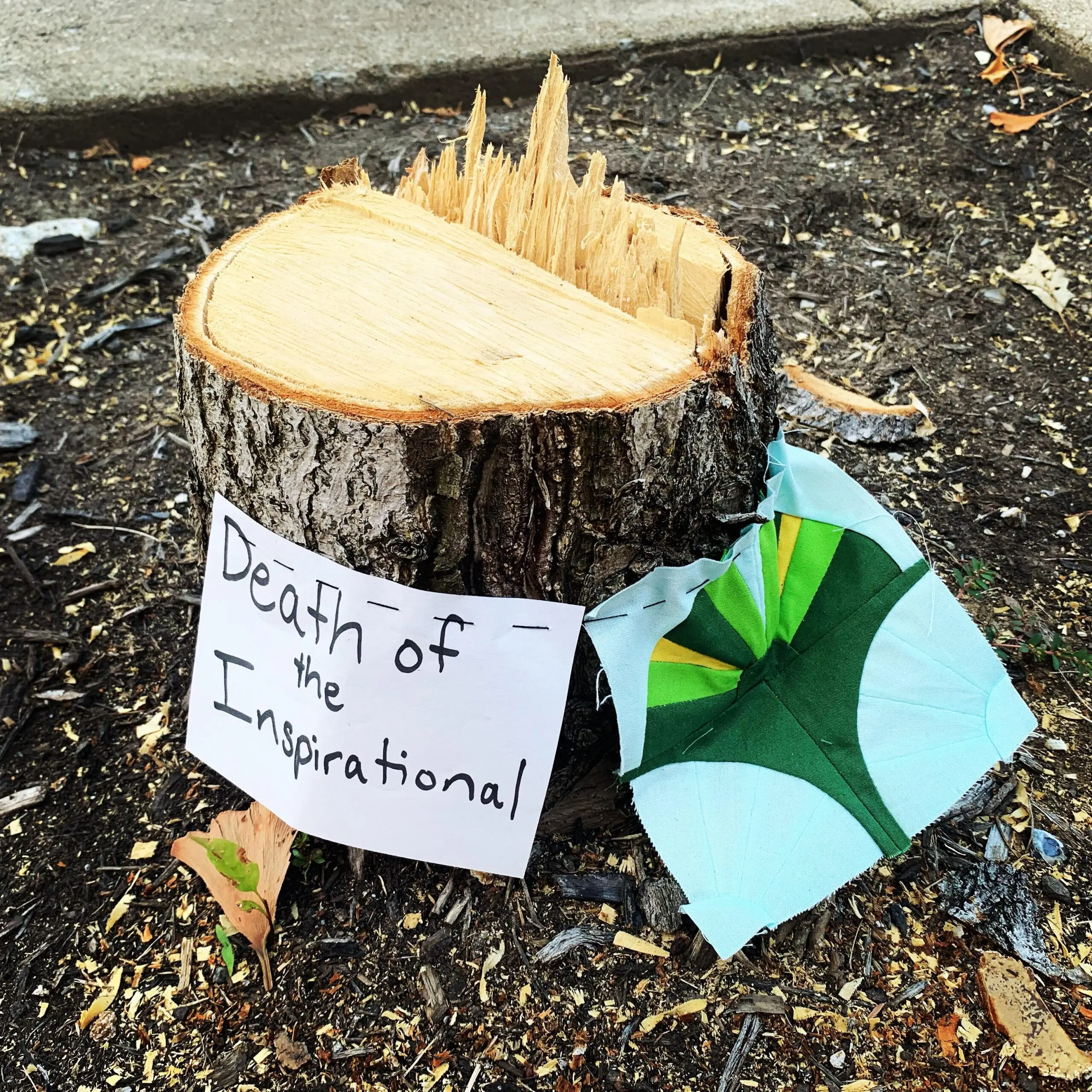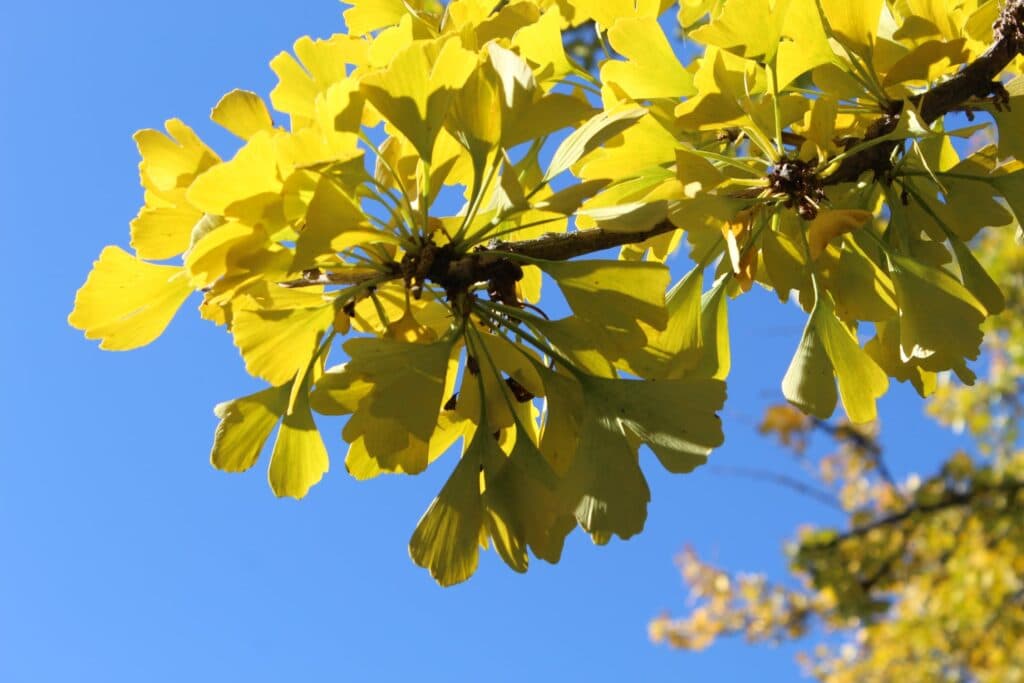Sudden Change: Performance Art

I had never seen a ginkgo tree before coming to Berea. I first noticed the trees after a professor lectured on how significant the giant ginkgo on the quad was and how he was fighting to prevent it from being cut down in the construction of the new computer science building that would begin in a few years. He told us about how, every fall, the ginkgo leaves would turn deep yellow, then all the leaves would drop from the tree in the span of just a few days. I had my first marker of time to look forward to. How the turning of the seasons can be tracked in the natural world, how the dandelions pop up as a welcome first sip for the insects, how the squirrels collect in the fall and scavenge in the spring, and, of course, how the trees change to a mosaic of browns and reds and yellows in the fall. The dropping of the ginkgo leaves felt like it should be celebrated like the winter and summer solstice, as a symbol that the world is cycling and growing every year just as we are. The suddenness of the ginkgo’s invigorating and unapologetic change encourages me to trust my instincts and make the changes I need to fit the season I’m in.
The Ginkgo’s leaves have become my symbol for Berea because of their entwinement with my time here. So, when I began working on a quilting project about my life, I knew I wanted a ginkgo leaf to represent my time at Berea. I sat in Faber Library in the Appalachian Center, sorting through piles of fabric and looking at a roadside ginkgo through the window to decide on the colors to use. I passed this ginkgo on my walk to work every day and I was excited to watch the green new growth sprouting. I remember the spring day when I first noticed the tiny fan leaves emerging, and I’ve checked that growth nearly every day since—the tiny fans expanded and unfurled, and long green shoots reached out to become the new layer of branches as the tree rose. There were two sets of two trees along this stretch of sidewalk, all about the same height, presumably planted at the same time, years before I was even born. When the set nearest the construction were removed, they left gaping holes in the dirt, an impression I hoped meant that they had been uprooted in an attempt to move them and salvage them. But weeks later, when I walked up to where the second set outside the library window used to be, I found only sharp, beheaded stumps.
I know they were removed for construction, to save the older trees on the other side of the building, but even if the removal was necessary, even if the trees are replaced in five years, the ginkgoes that I knew and loved are gone, and I wanted to say goodbye. I didn’t mean for it to bother me, and I tried to put them from my mind and go about my workday, but I couldn’t stop thinking about them. About what the ginkgoes meant to me, about the new growth that would no longer progress in the coming semester, about how silently they disappeared. I thought about sending an angry email or writing out my feelings and throwing the paper away, but I couldn’t shake the silence. I couldn’t stop thinking about how, after the last set was removed, someone had told me that they hadn’t even noticed they were gone until I mentioned it. I wanted people to at least notice. I wanted people to know that someone was mourning their absence. And if others were feeling this loss as well, I wanted them to know that they were not alone.
Written by Melody Cornwell
